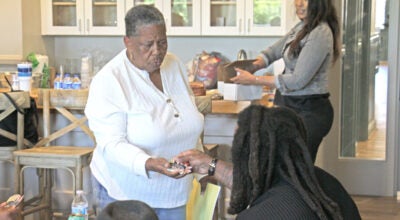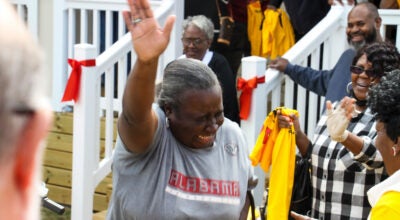Researchers seek de Soto’s Mabila
Published 10:11 pm Saturday, July 11, 2009
In the 16th century Hernado de Soto’s Spanish army, a force of Native American warriors under the leadership of Tascalusa, clashed at a small town known as Mabila.
The Spanish defeated their foes but the battle also depleted de Soto’s army of its goods from plundering the New Land. These goods were expected to bring colonists to the mainland. De Soto turned toward the inland again. He died on that trip. A good many of his other followers wound up in Mexico.
Out of all this history remains a mystery. Where was Mabila? Where did that battle occur?
A group of anthropoligists, historians, geologists and folklorists have studied the issue and printed their essays in a book edited by Jim Knight. The book is “The Search for Mabila.”
The 17 scholars who contributed to this book have looked at the old records in search for the battlefield and have proffered their criticisms of that scholarship along with theories of their own.
On Saturday, many of these scholars took off from the Selma City Marina on the Phoenix to discuss the next steps in discovering the site.
Chris Bryant, a spokesman for the University of Alabama, which helped organize the event, said “Nobody alive, I’m told, knows where, exactly this battle took place, but these researchers are part of a renewed effort to develop more leads that one day could lead them, or others, to find the battle site.”
Jean Martin, head of the Old Depot Museum and editor emeritus of the Life and Styles section of The Selma Times-Journal, was invited by the group to take the river trip Saturday. The location of Mabila has interested Martin for a long time.
The cruise went all the way to Steeles Landing, she said, as various experts on Mabila talked about their findings and raised questions.
Martin said Knight pointed out by cutting across disciplines and getting people who had not made up their minds on the location that academicians have a better chance of locating the precise battlegrounds.
“There’s great optimism that they’re getting closer,” Martin said.
Using geographers and scientific theory as well as linguistics (French and Spanish have changed since the 16th century), history and archeology, the researchers are “excited and eager,” Martin said, adding that if she were 20 years younger, she would join them.
“I think they will find it,” she said.




